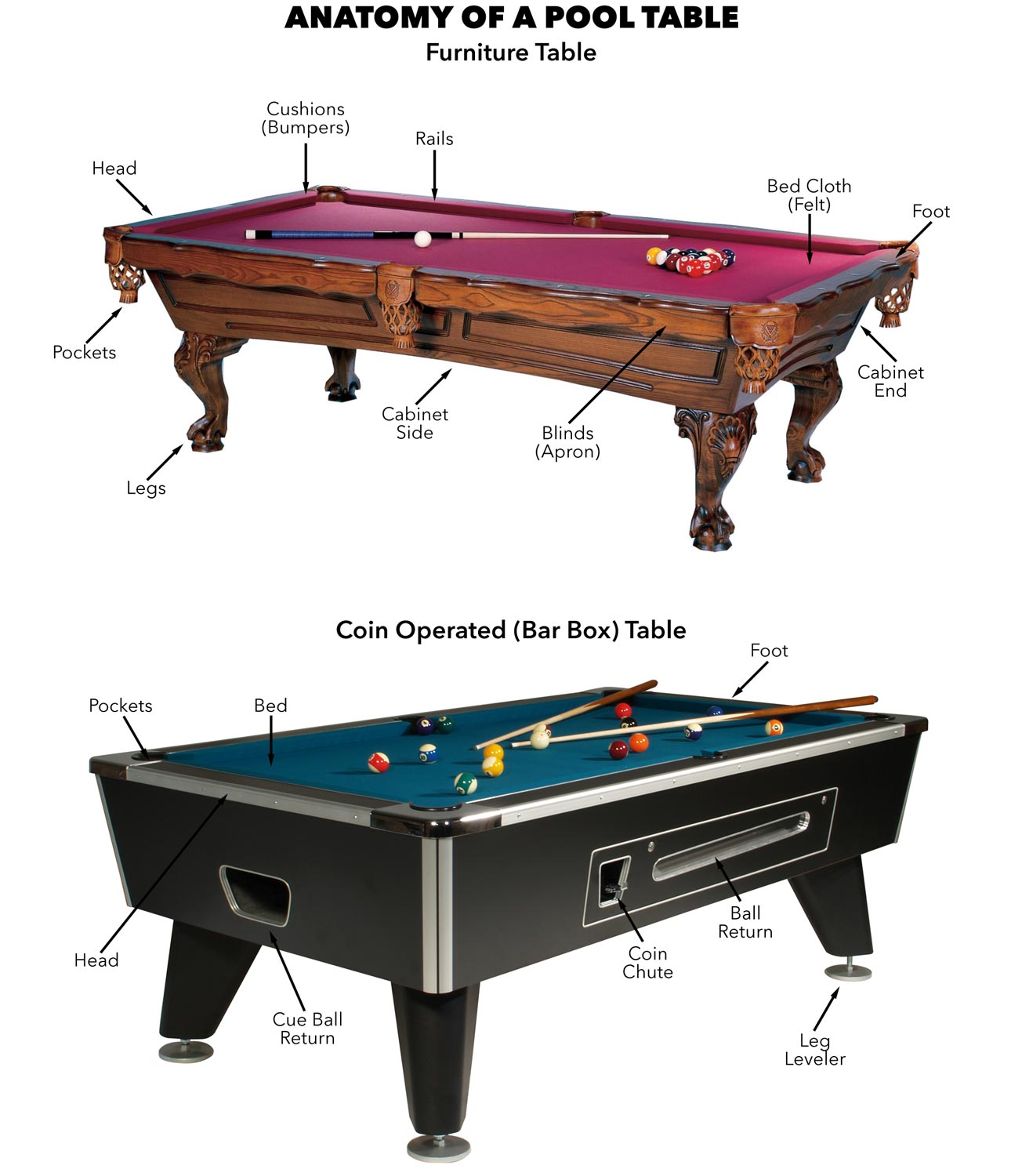A Complete Guide to Pool Table Lights
페이지 정보
작성자 Linnie Dew 작성일 24-09-24 17:58 조회 12 댓글 0본문
A preliminary round of 40 shots is performed, and the top players (the number varies depending on the number of competitors, but usually the top 12) proceed into a head-to-head playoff format to determine the winner. If not, Team Lannister tosses back fallen kubbs to the Stark side and another round begins. Some shots may require the use of props such as a small pin placed precisely on the table surface and around which the player is required to make the cue ball pass on a designated side (see Figure A10 illustration). Played on a billiard table, players take turns to try to recreate shots from pre-set positions. Players may use up to twenty separate cues providing different performance functions. You may think of English as something to use to make the cue ball travel left or right, but you can also use it to make the ball roll forward or backward. The same is the case here.- Because of its bigger size and mass, a heavier white ball results in some extra forward roll. It’s made of a thicker, heavier cotton, but it’s still soft and comfy. When a player fails to hit any object ball with the cue ball, it’s considered a table scratch.
Too dim, and your pool table lighting won’t be doing it’s intended job. Each glass enclosure has a tent-like roof made of acrylic-coated polyester which contains the room's lighting and sprinkler systems. Chang, Jade. "Behind the Glass Curtain." MetropolisMag. There are a total of 500 points available to a player, representing the combined value of a perfect score on all 76 shots, although not all games are played with the full shot catalogue. Each of the 76 shots has a maximum point value assigned for perfect execution, ranging from a four-point maximum for lowest level difficulty shots, and climbing to an eleven-point maximum. Shots are divided into eight "disciplines", including trick/fancy, prop/novelty/special arts, and disciplines for extremes in each of the core cueing techniques. There are also clubs in many universities and colleges, with an annual Varsity match being played between Oxford and Cambridge. Each shot has an associated difficulty rating (also the point value) with a higher rating being more difficult.

Official artistic pool competitions often feature equipment limitations, such as playing with a single cue or all shots not being allowed to leave the bed of the table. A discipline of carom billiards, players aim to recreate a portion of 76 pre-set shots of varying difficulty against an opponent. Your opponent can put the ball anywhere on the table. Pool table lights for full size tables generally range in length from 48 - 68 inches. The most common sizes are 7 feet, 8 feet, and 9 feet in length. In competitions, competitors would have three chances to successfully perform each trick, earning full points if they are successful on their first attempts and incrementally reduced points for subsequent attempts. Competitive trick shot events, inspired by artistic billiards, began in the 1970s. Coordinated by world champion Paul Gerni with the World Trick Shot Artists Association, events were first held until 2000, when the World Pool-Billiard Association created the WPA World Artistic Pool Championship. Matches begin with players competing for a lag which denotes which player goes first. Playing on a brightly colored table or a dark, shadowy table may bother some players enough to throw them off, but won’t make any difference to others.
Artistic billiards is a cue sport played on a billiard table. A version of the game, played on a pocket billiards table known as artistic pool began in the 1970s, with official competitions starting in 1993. These events are run and organised by the World Pool-Billiard Association (WPA). Some examples are coup fouetté ("whip shot"; a type of force follow); massé coulé (a massé shot with follow) and piqué (describes either a massé shot with no english, or a shot in which the cue stick is steeply angled, but not held quite as vertical as it is in full massé). Players are allowed three attempts at each shot. These are the colored and numbered balls that make up a set of pool balls. However, more objective factors such as eye comfort and playability also make a difference. I assure you, you will enjoy pool and your pool table even more when you try bottle pool.
If you loved this information and you would want to receive more details about what is billiards generously visit our own web-page.
- 이전글 Right here Is a method That Helps Poker Online Free
- 다음글 Be taught Anything New From Online Poker Tournaments Recently? We Requested, You Answered!
댓글목록 0
등록된 댓글이 없습니다.

